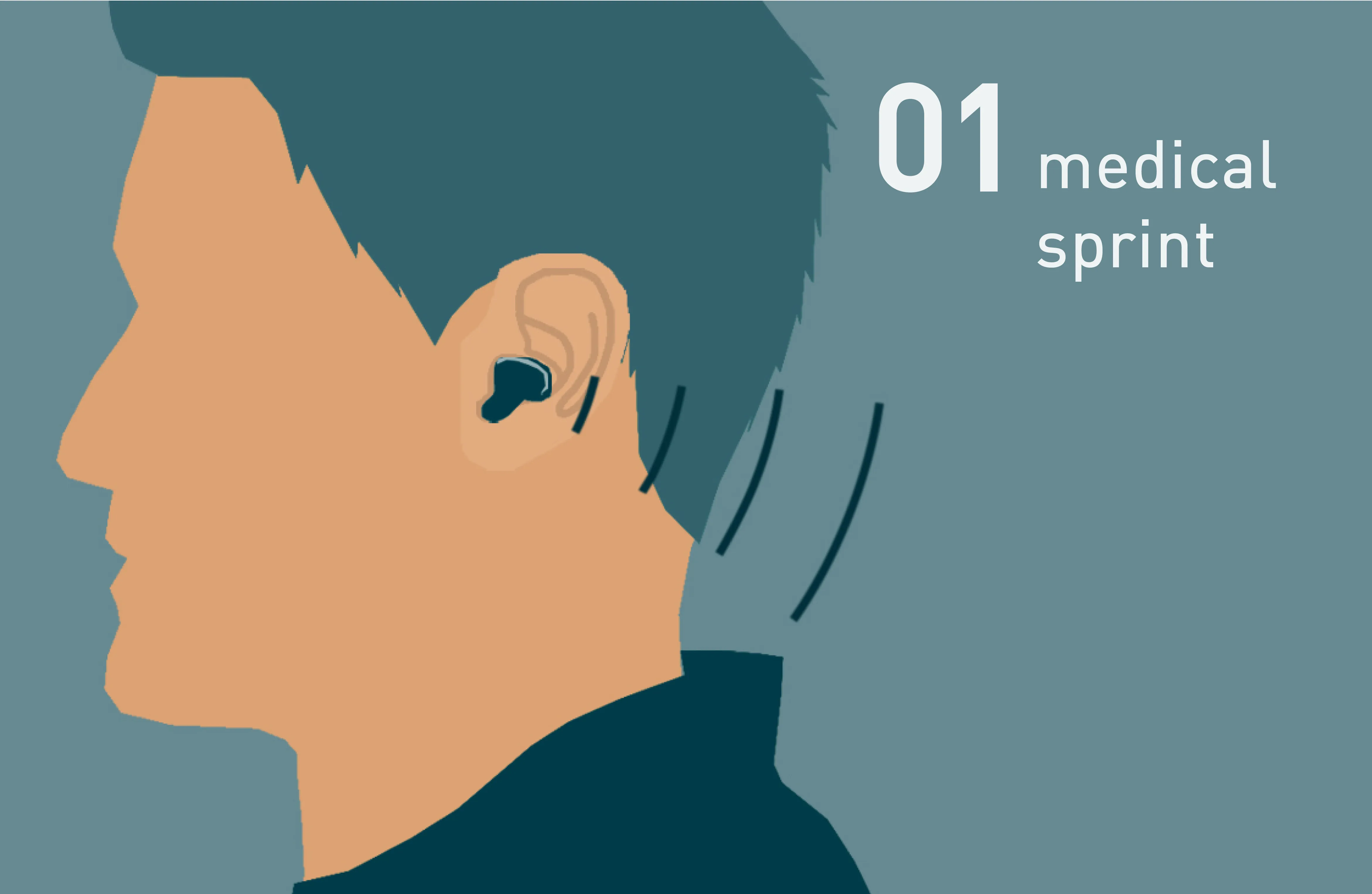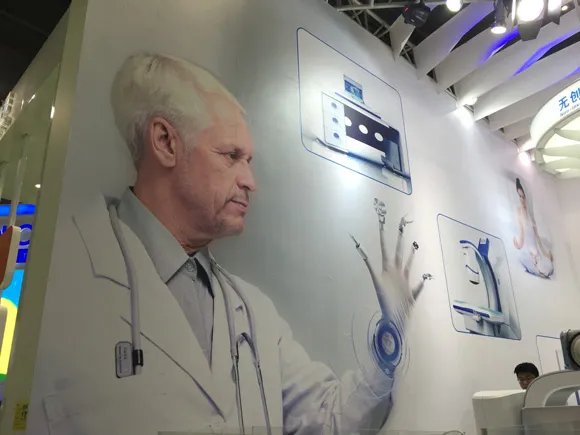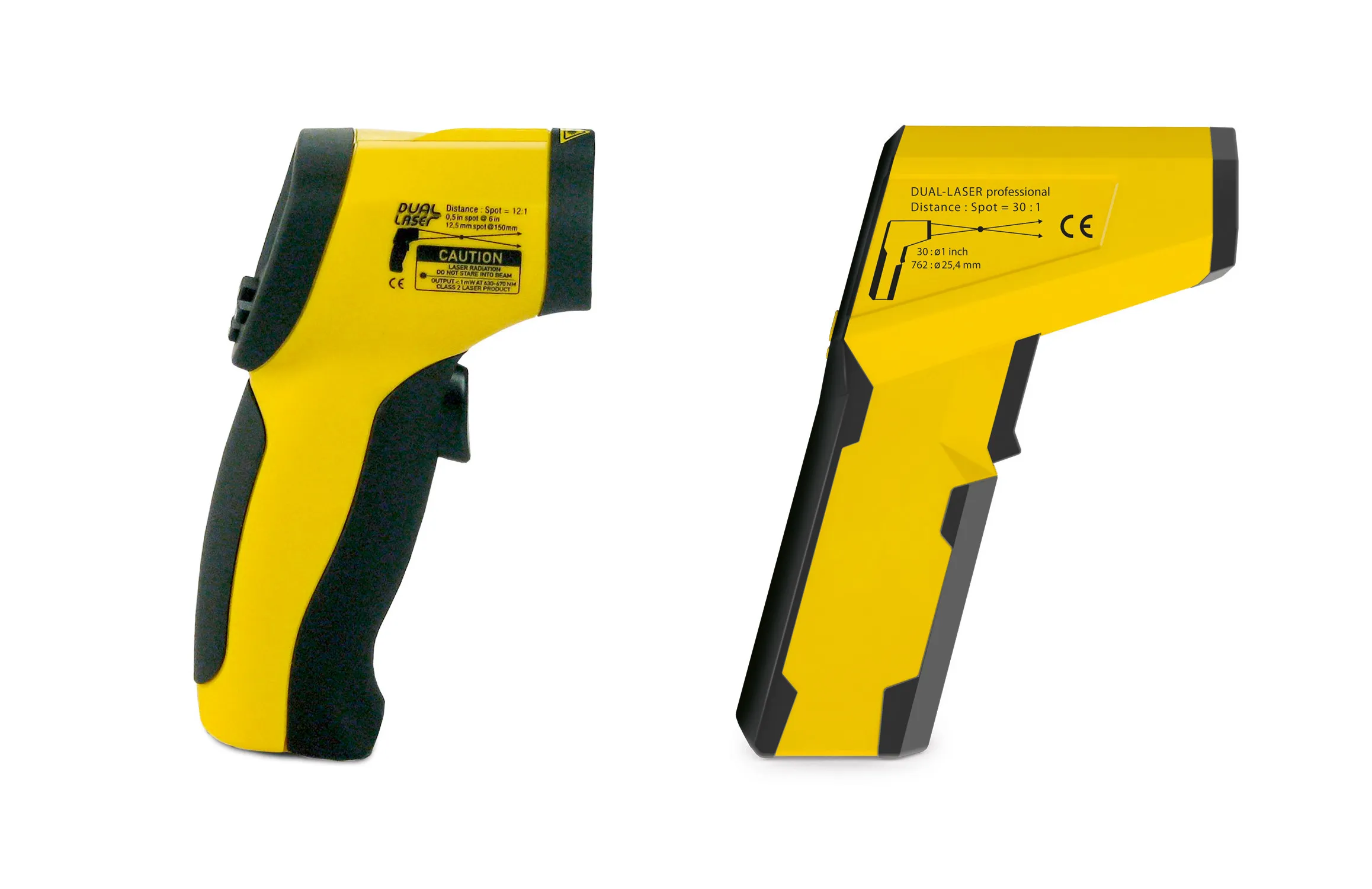Expertise
Ecodesign - Do good ... but how?
On the occasion of the event 4th EFA Dialog of the Efficiency Agency NRW (September 22, 2016 in Dortmund) - I was asked to give a short presentation on the topic "Is design an end in itself or the gateway to sustainability?". The basic ideas can be found in this article:
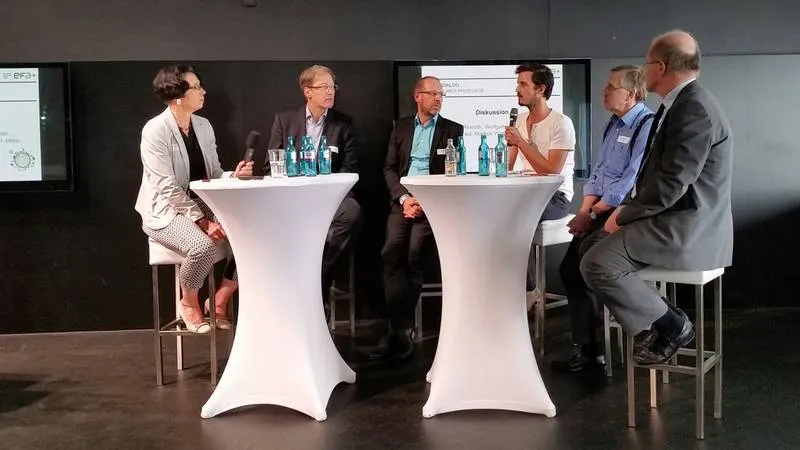
Ecodesign - really ecological?
We are all familiar with examples of sustainable products:
Great packaging made from pulp cardboard, lights made from concrete, furniture made from recycled materials or clever upcycling concepts. In recent years, we have created several eco-inspired Pinterest boards with these products to show us (and our customers) these examples and keep them in mind. Because eco doesn't have to mean badly designed - these examples don't just look great and inspiring...

In this sense, however, eco-design is first and foremost a stylistic device - regardless of whether it actually achieves environmental or resource-saving effects. Because when you approach this topic as a designer, you quickly realize that not everything that looks eco is actually eco. A material made from renewable raw materials is not always preferable to a synthetic material, and thermal recycling is not always to be viewed negatively.
Resource efficiency as an idea is not always as clearly visible as in the vases from designlibero (on our Pinterest board) - filigree 3D printed parts, although made from relatively expensive thermoplastic using a complex 3D printer, extend the life cycle of a drinks bottle and turn it into a modern decorative vase.
How can complex technical products be designed and developed in a way that conserves resources?
Ecodesign still serves a niche market, but how can the eco-approach be introduced into the remaining 99% of industrial goods production, into existing value chains that are not so easy to change?
As a product design agency who invent and design new products every day. How important is sustainable, resource-conserving design at the moment? Frankly speaking: a very low one... at least if I take our daily practice as a technically oriented design agency as a starting point. In our projects as medical designers, we very rarely encounter this requirement from clients. It's simply not in demand, period!
In most of our medical technology projects, we are initially faced with a very long list of requirements and applicable standards, and sustainability is - if at all - of secondary importance. The most important requirements are regulated by law and come from risk management, usability engineering and general quality assurance requirements.
Training in ecodesign is lacking
First of all, we looked to see where we could get information and further training. We finally came across Susanne Volz's ecocircle concept and decided to sign up for her 12-part quick course "Ecodesign to go". This explains the basic concepts and correlations.
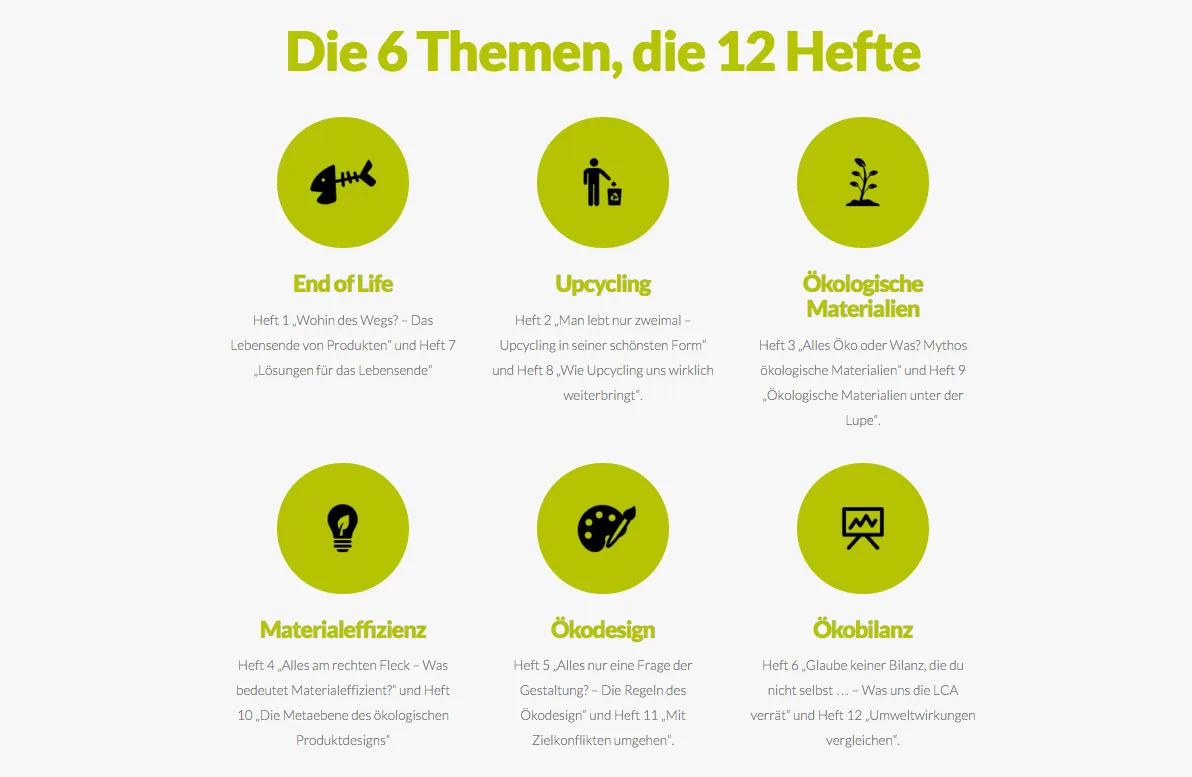
Of course, this certainly doesn't take us down to the last detail, but we simply didn't have the time for an 8-semester course in sustainable design (such as the one offered by the Ecosign University of Applied Sciences in Cologne ). The result of the Volz course was that we were sensitized and aware of the complexity and multi-layered nature of the topic of ecodesign.
The JUMP tool of the NRW Efficiency Agency
In the next step, we came into contact with the Efficiency Agency NRW in Duisburg and got to know their JUMP Tool funding program and method kit. We were impressed by the comprehensive expertise of the EFA employees and also by the suggestions in the JUMP Tool method kit. It contains useful methods such as the eco-checklist or the life cycle analysis, but also a range of design thinking methods such as brainstorming or the morphological box. In total, there are 63 individual design tools that can help designers, engineers and developers to approach the topic of resource efficiency and apply suitable methods.
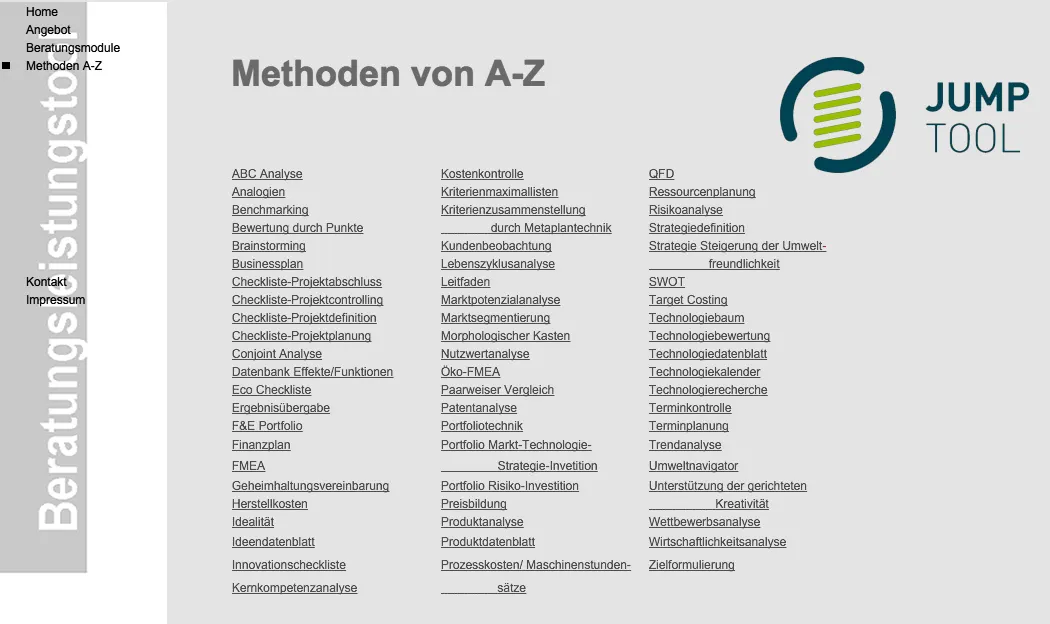
Thus sensitized and prepared, we were able to convince two of our current customers to set up a resource-efficient project with the support of EFA. Firstly, the medical technology company Spiggle & Theis with a new drilling handpiece for dental implantology, and another medium-sized company from North Rhine-Westphalia, for whom we were able to manufacture a special switch box.
With the support of the EFA, we were able to realize resource-efficient effects in both projects, which essentially comprised the following measures:
- Reduction in the number of parts
- Simplification of production processes
- Modular housing design with use of common parts
- Easy to install, saving on installation work
We were able to realize all of this in harmony with the other requirements and development goals, resulting in marketable products with improved usability and a modern product appearance.
Conclusion: It doesn't work without the right cooperation partners
The close cooperation with the EFA experts made it possible for us to include the topic of resource efficiency in our technical design projects - not in the sense of a completely sustainable and ecological product, but in the sense of a gradual improvement towards sustainability.
Another positive effect was the sensitization of the client companies, who previously saw few opportunities to incorporate their good intentions of sustainability into product development. A good start, then, and definitely worth recommending to the many small and medium-sized companies in NRW that have to contend with the interchangeability and arbitrariness of their products in their markets on a daily basis.
Only through positive project experiences, as the EFA has achieved thousands of times over the last few decades, will manufacturers fully engage with the topic of resource efficiency - and then hopefully employ their own experts in the company who will build up and maintain the know-how for the product area and the materials and manufacturing processes used in the company.
As designers, we want to remain in the role of moderator and ensure that the bundles of requirements from the various specialist areas are implemented in a sensible, durable and sustainable product that makes our client a good deal more future-proof.
Frequently asked questions

